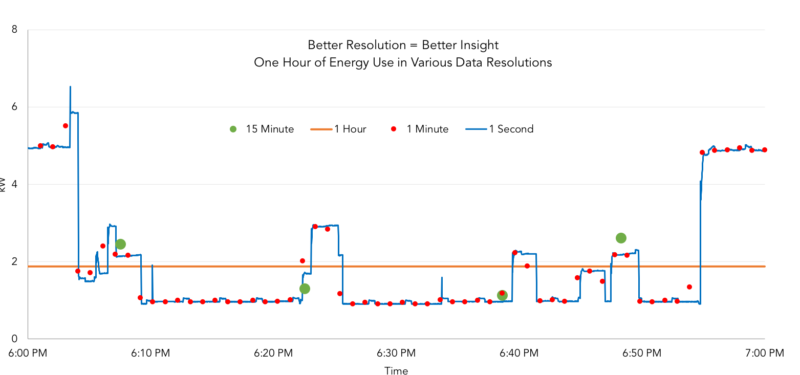September 24, 2018
 By Suzanne Russo, CEO, Pecan Street
By Suzanne Russo, CEO, Pecan Street
Clean electricity is booming. Last year in California, solar power plants generated nearly 12% of the state’s total electricity production and distributed solar likely produced another 5%. Texas got 18% of its electricity from wind and solar. In many markets, unsubsidized clean energy costs the same or less than conventional fossil-fuel powered plants. And the cost of clean, renewable electricity continues to fall.
Part of Pecan Street’s mission is to accelerate the transition to clean energy, focusing specifically on accelerating adoption of rooftop solar systems. We believe this can be accomplished in a way that produces more benefits to our communities than what is now being realized – greater greenhouse gas emissions reductions, more affordable energy for all households, and new markets for rooftop solar systems and other household energy resources.
That’s why we collect data at the highest resolution possible.
Pecan Street’s high-resolution home energy research network provides our researchers and participants a much clearer picture of distributed solar performance and the characteristics of residential energy use. In isolation, each of these datasets answers critical questions. Together, they provide a pathway for rapid innovation and solution development.
Consider the following chart, which shows one of our research homes. 
Fifteen minutes of whole-home energy use is plotted using 1-second (blue), 1-minute (red), and 15-minute (green) resolutions. Connecting the 1-minute data with lines might give the impression that data exists for those periods…but it doesn’t. In fact, the 1-minute data underestimates the peak demand for the home by roughly 1kW or 20%. The 15-minute data is worse — it underestimates demand by 4.2kW. This one simple graph shows how much clearer a home’s profile is when 1-second data is available. Our network can detect this detail not just for the whole home, but for individual loads within the home, like HVAC, electric vehicle charging, lighting and appliances.
This level of insight is important for understanding the impact that homes with modern electronics, solar, and electric vehicles have on the grid and, conversely, how these technologies can be optimized to provide maximum emissions reductions and efficiency to the broader community.
Because our research network includes hundreds of homes with rooftop solar, we can also examine energy production with similar detail, which is particularly helpful for grid operators and solar companies that need to align generation and demand levels, and the impacts of solar on the grid – a topic we will explore in a future blog.

















